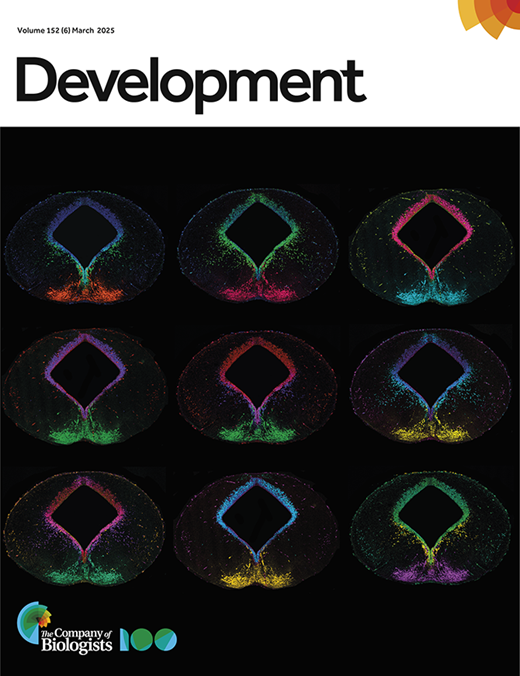Development. 2025 Mar 15;152(6):dev204592. doi: 10.1242/dev.204592
Gonadal sex determination in vertebrates: rethinking established mechanisms
Dagmar Wilhelm1, Aitana Perea-Gomez2, Axel Newton3, Marie-Christine Chaboissier2
Affiliations
1Department of Anatomy and Physiology, The University of Melbourne, Melbourne, VIC 3010, Australia.
2Université Côte d’Azur, INSERM, CNRS, Institut de Biologie Valrose (iBV), 06108 Nice, France.
3TIGRR Lab, The School of BioSciences, University of Melbourne, Melbourne, VIC 3010, Australia.
Abstract
Sex determination and differentiation are fundamental processes that are not only essential for fertility but also influence the development of many other organs, and hence, are important for species diversity and survival. In mammals, sex is determined by the inheritance of an X or a Y chromosome from the father. The Y chromosome harbours the testis-determining gene SRY, and it has long been thought that its absence is sufficient for ovarian development. Consequently, the ovarian pathway has been treated as a default pathway, in the sense that ovaries do not have or need a female-determining factor. Recently, a female-determining factor has been identified in mouse as the master regulator of ovarian development. Interestingly, this scenario was predicted as early as 1983. In this Review, we discuss the model predicted in 1983, how the mechanisms and genes currently known to be important for sex determination and differentiation in mammals have changed or supported this model, and finally, reflect on what these findings might mean for sex determination in other vertebrates.
DOI: 10.1242/dev.204592

